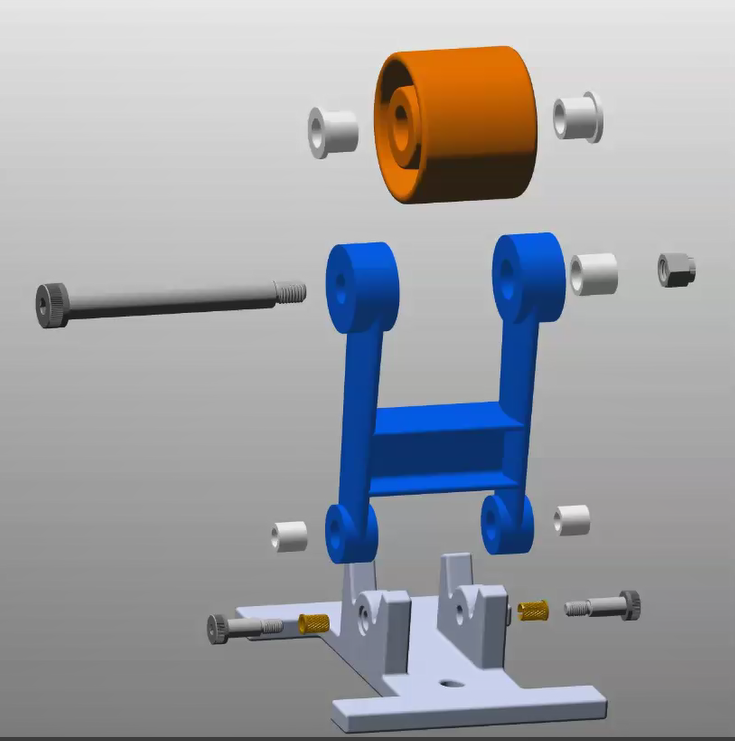A new initiative at the U.S. Department of Energy’s (DoE) Kansas City National Security Campus (KCNSC) is using 3D printing to drive manufacturing speed and productivity.
In partnership with Sandia National Laboratories, engineers from multinational manufacturing conglomerate Honeywell are integrating algorithms and 3D simulation to optimize the design and production of 3D printed and traditionally machined parts.
A study comparing 3D model-based work instructions and 2D work instructions was executed, demonstrating a 15% scrap reduction across the entire build for one 3D printed wiring assembly operation. With 3D model-based work instructions applied, the reduction in waste could potentially lead to millions of dollars saved by physical prototyping at the DoE.

The Simulation First initiative
Dubbed the Simulation First initiative, the partners are leveraging Sandia’s expertise in code development and KCNSC’s application of simulation to improve manufacturing processes that serve the DoE’s National Nuclear Security Administration.
In this initiative Honeywell engineers are applying physics-based tools to simulate production operations. This is done to decrease the number of tests required to find the right process and manufacturing parameters for components using additive manufacturing as well as those made conventionally. Optimal weight, structure, and firmness are some of the parameters that can be identified using this model prior to building a prototype.
Accelerating manufacturing processes
To prove the functionality of the Simulation First initiative, the Honeywell engineering team produced a number of foam parts. Due to their complex chemical make-up and processing procedures, foam parts typically have low production yields and are used for impact resistance nuclear container components.
Under the initiative, the KCNSC and Sandia team worked together to find a way to predict the expansion of polyurethane foam in an enclosure, with means to increase the capacity at which they can be produced.
A 3D model-based work instruction that predicts the fill behavior of every encapsulated component was developed. Now used over 400 times at the KCNSC, this model has resulted in the creation of physical prototypes and a faster development schedule.
Simulation in additive manufacturing
Forgoing the “trial and error” approach of product development, simulation for additive manufacturing has been applied to a wide variety of industries. Last year, the European Organization for Nuclear Research (CERN) began using Simufact Additive, a digital tool for optimization of laser powder bed fusion (PBF), to predict the outcomes of SLM 3D printing, ensuring more efficient usage for high-value components.
More recently, 3D Systems began offering its surgical planning and medical modelling solutions through Virtual Surgical Planning (VSP) technology, as well as its range of 3D anatomical models through technology firm Stryker, and medical simulation solutions through Simbionix. As a result, 3D Systems has provided VSP or anatomical services in more than 100,000 cases, including facial reconstruction surgery and full facial transplants.
For more cutting edge additive research subscribe to the 3D Printing Industry newsletter, follow us on Twitter and like us on Facebook.
Sign up to 3D Printing Jobs to post and find new opportunities near you.
Featured image shows Sandia National Laboratories’ Particle Beam Fusion Accelerator II seen through a fisheye lens. Photo via Sandia National Laboratories

